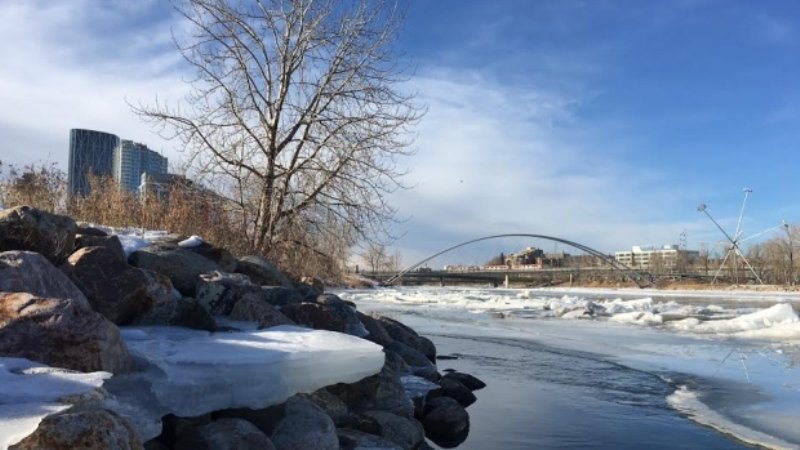
The last record high temperature for Feb. 9 was set at 5.9 C at the Edmonton International Airport in 1995. On Tuesday, temperatures reached 7.9 C, setting a new record.
Temperature records were also broken in Brooks, Calgary, Claresholm, Drumheller, Grande Prairie, Jasper, Lethbridge, Lloydminster, Medicine Hat, Peace River, Sundre and at the Waterton Park Gate.
Colin Fong, meteorologist with Environment Canada, said the above average seasonal temperatures - which normally sit at -3.8 for this time of year - are caused by a ridge of high pressure.
"That ridge is just kind of ushering in that warm air from the south, keeping at bay all of those weather systems from the west," said Fong, keeping skies clear and temperatures warm.
"The highs are definitely on the good side of history, but as we see that ridge breaking down we're going to see that trend towards more of the normal," warned Fong.
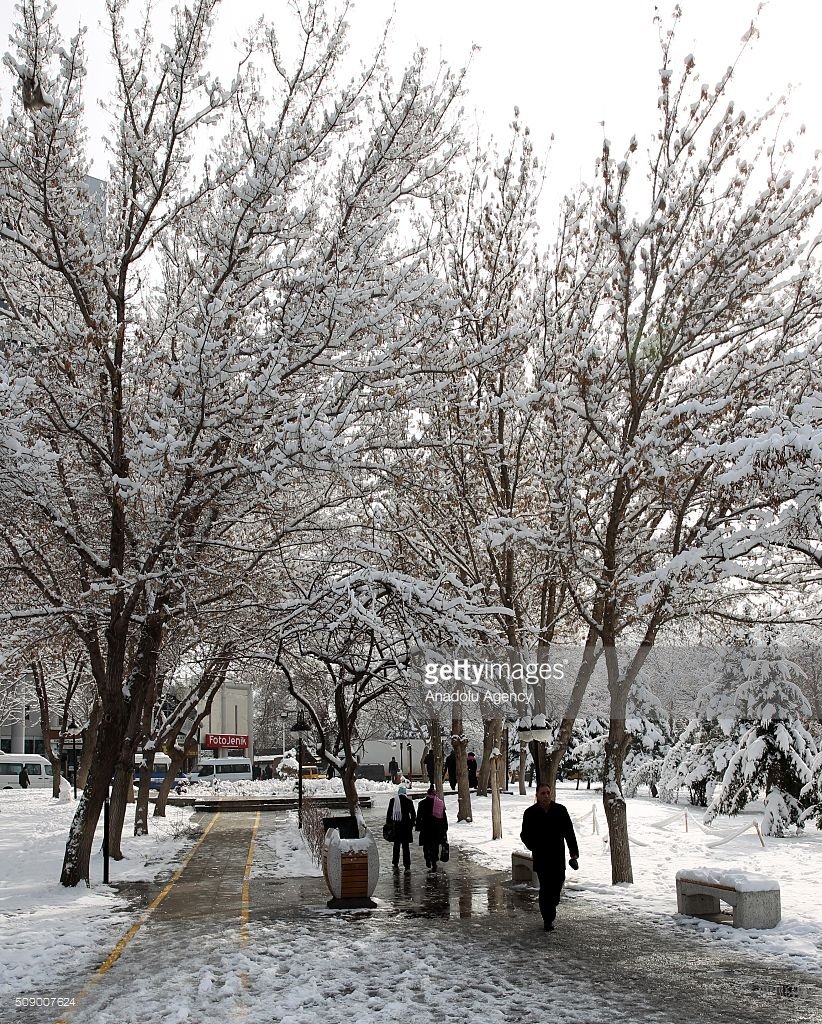
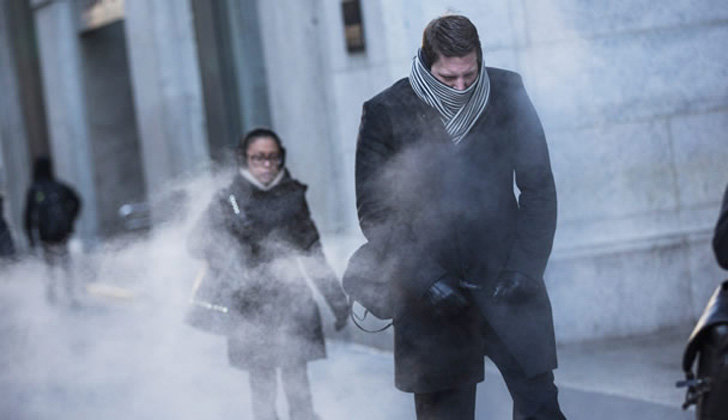

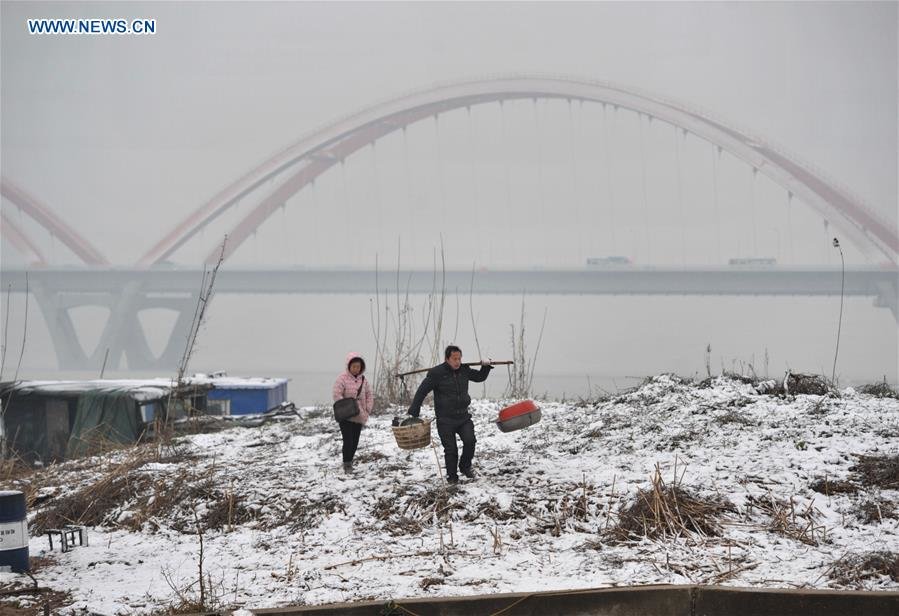
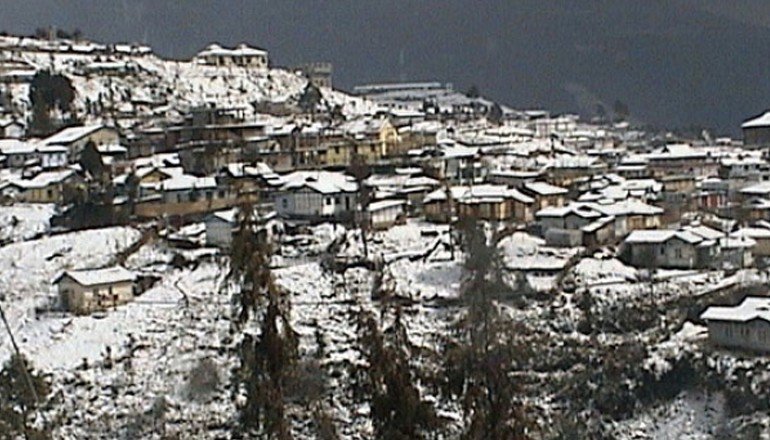
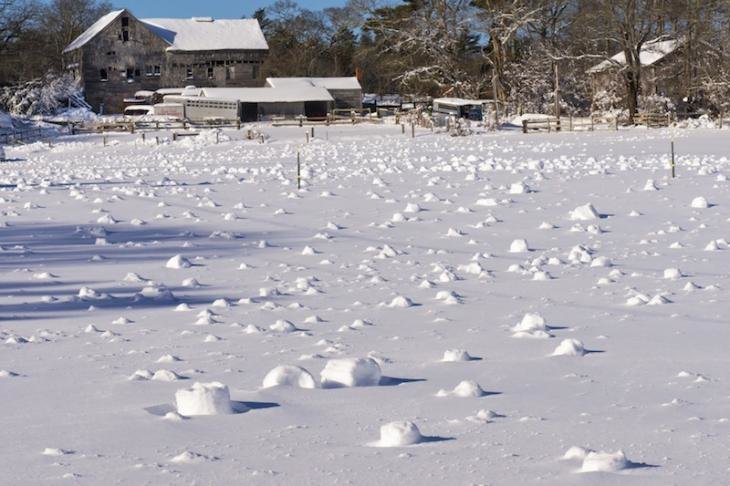
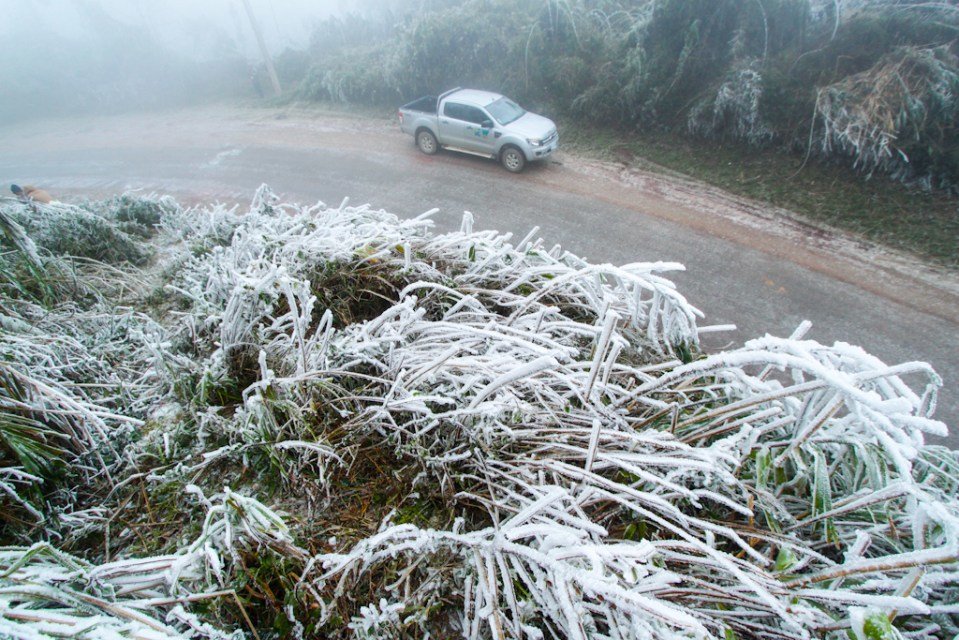
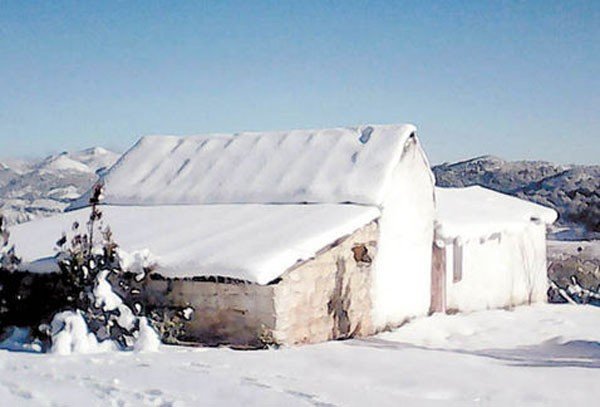
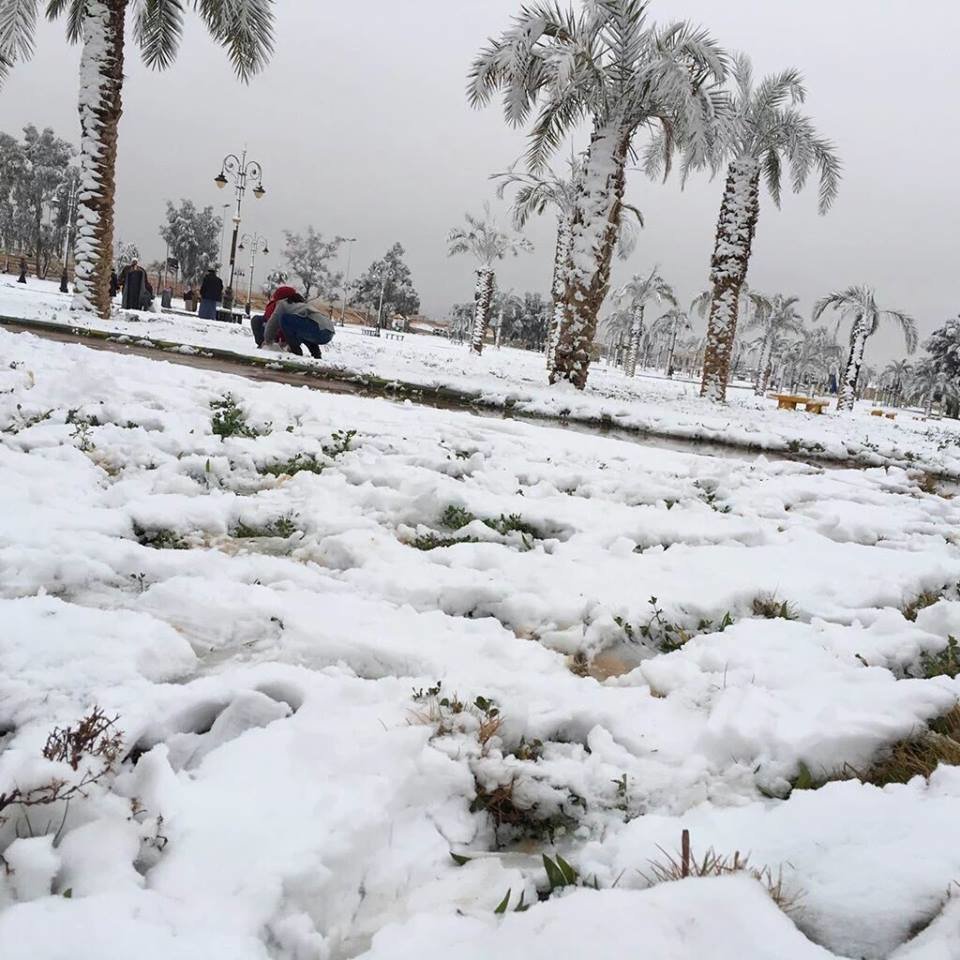
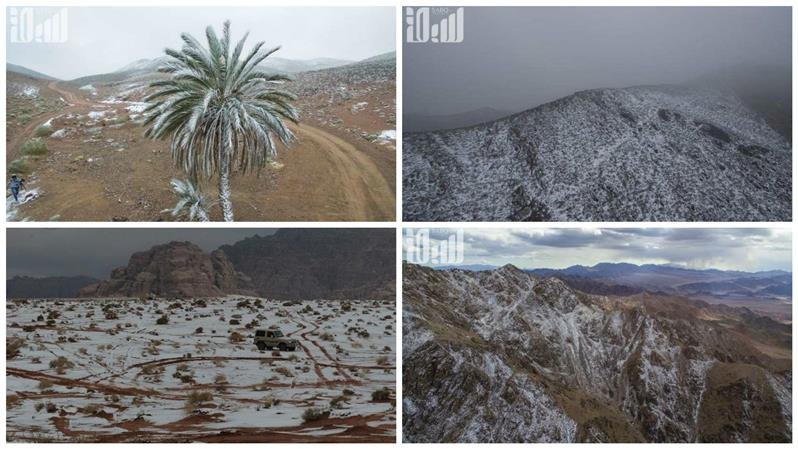


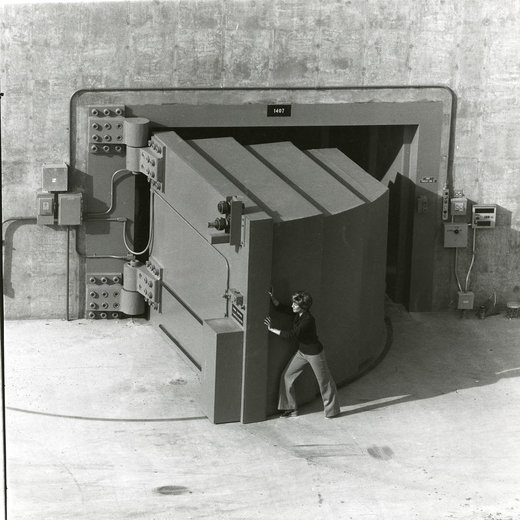
Comment: See also: Records broken as winter heatwave hits Southern California